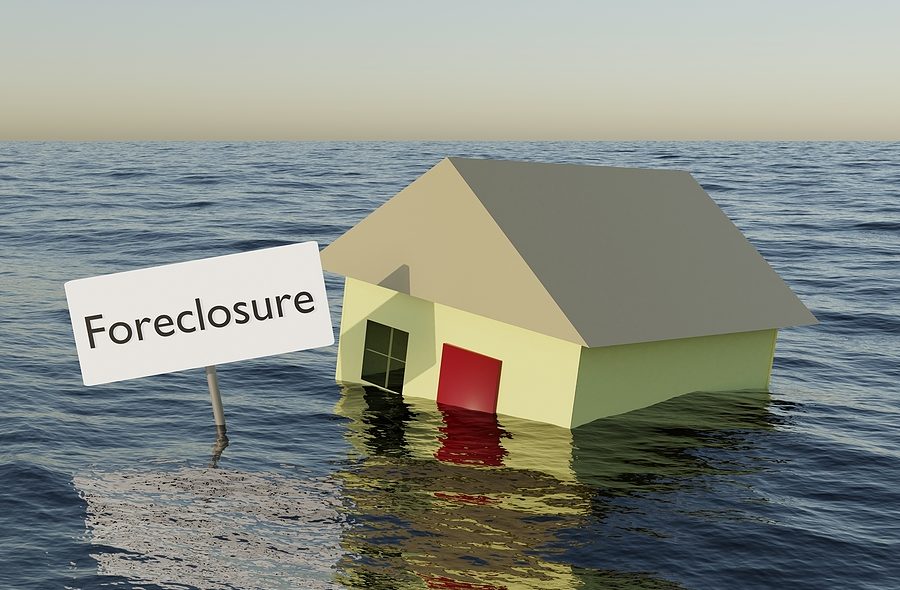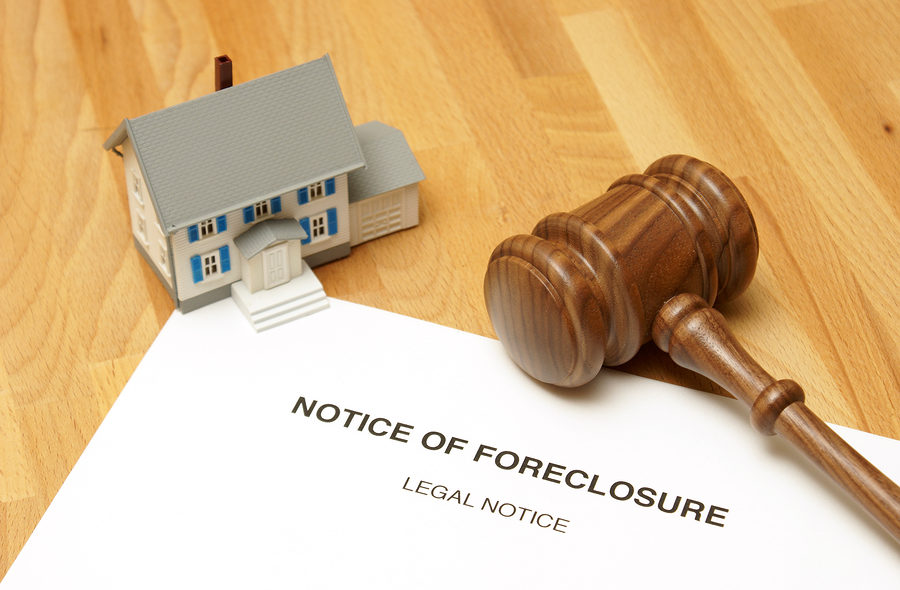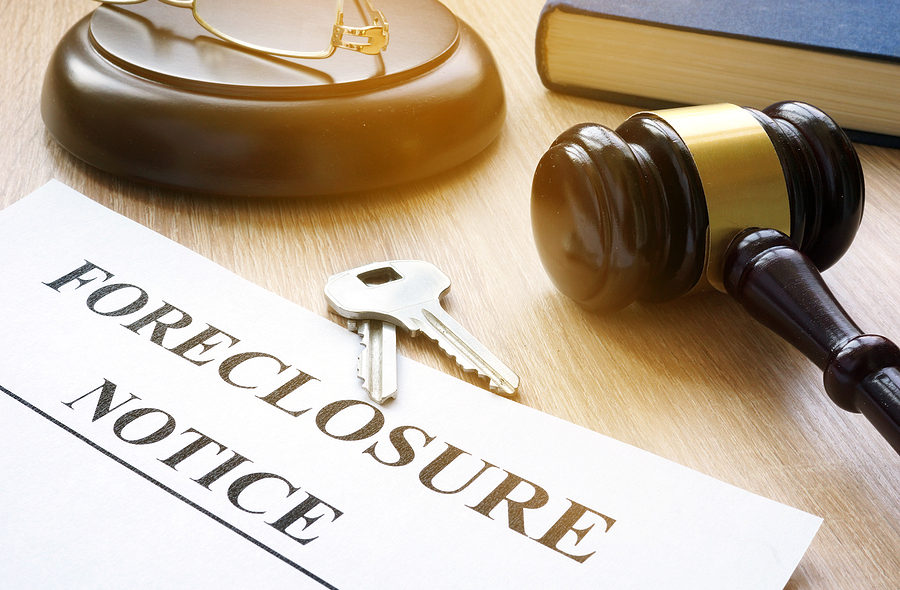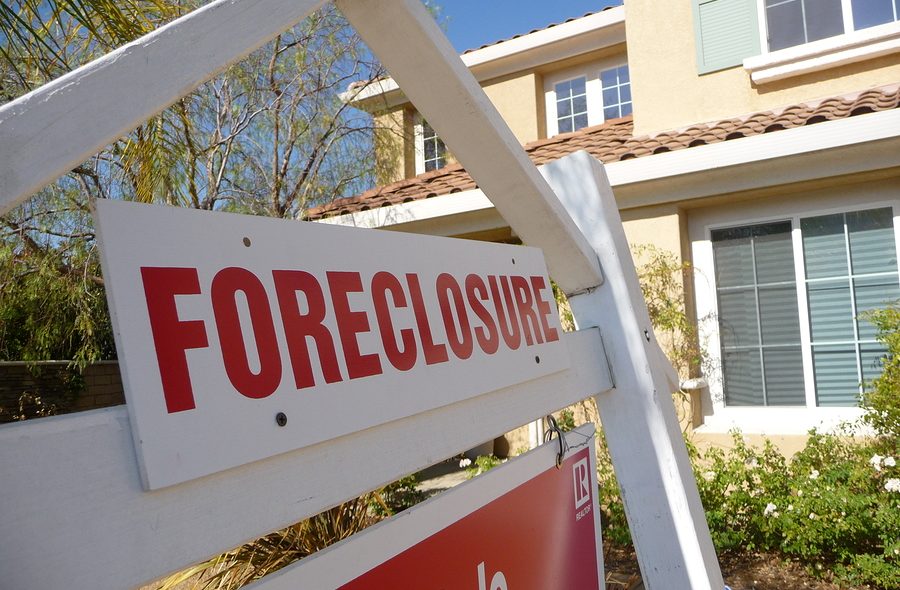A decline in foreclosure filings was seen at the end of 2021, according to figures from the ATTOM subsidiary, RealtyTrac. According to their study, released in RealtyTrac’s Foreclosure Market Report, foreclosure filings were down five percent from the previous month.
Despite this fact, the 19,479 properties with foreclosure filings in November 2021 was up 94 percent from the previous year. This increase represents the seventh consecutive monthly increase when comparing 2020 filings with 2021.
This news comes four months after the federal foreclosure moratorium was lifted and forbearance plans ended. Housing experts were concerned that a wave of foreclosures would be hitting the courts, but this monthly decline seems to indicate otherwise.
RealtyTrac reports that foreclosure activity slowed down as 2021 came to a close. An initial surge may have been seen after the moratorium was lifted, this activity did slow down eventual across the U.S.
ATTOM reported which states had the highest foreclosure rates for 2021. States with the highest foreclosure rates included Illinois, Florida, Ohio, Delaware, and New Jersey. Florida reports one foreclosure filing for every 3,319 units. Of the metropolitan areas surveyed, three areas in Florida reported a high rate of foreclosures. Lakeland, Florida reported one foreclosure filing for every 2,345 units. Ocala, Florida reported one filing in every 2,485 units, and Miami, Florida reported one foreclosure filing for every 2,626 units.
Housing experts are optimistic with these new figures, claiming that despite the fact that governmental programs to prevent foreclosures have lapsed, the aid received through these programs have prevented many homeowners from falling into foreclosure.
Please click here to read more.
Choosing the right attorney can make the difference between keeping your home or losing it in foreclosure. A well-qualified Miami foreclosure defense attorney will not only help you keep your home, but they will be able to negotiate a loan that has payments you can afford. Miami foreclosure defense attorney Timothy Kingcade has helped many facing foreclosure alleviate their stress by letting them stay in their homes for at least another year, allowing them to re-organize their lives. If you have any questions on the topic of foreclosure, please feel free to contact me at (305) 285-9100. You can also find useful consumer information on the Kingcade Garcia McMaken website at www.miamibankruptcy.com










